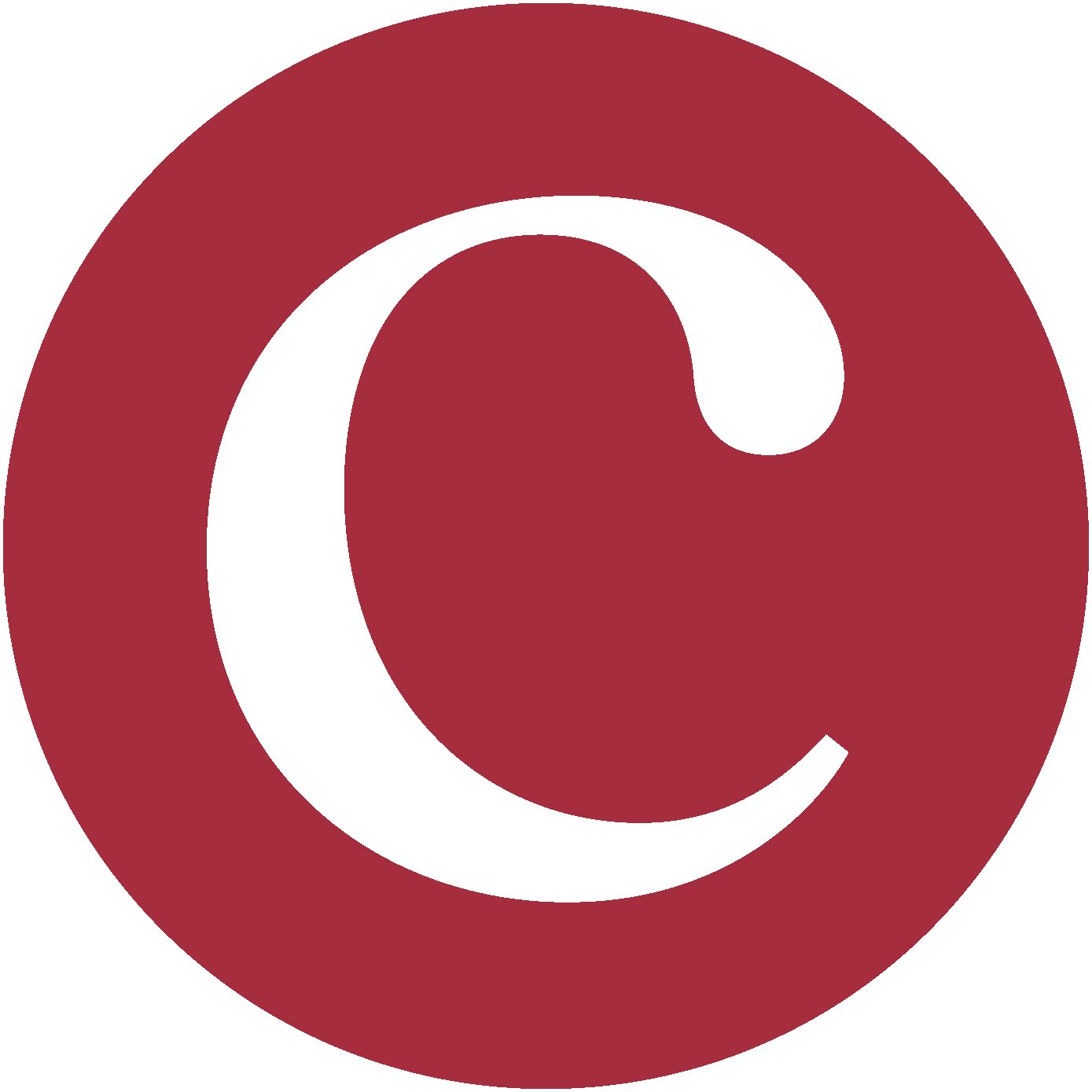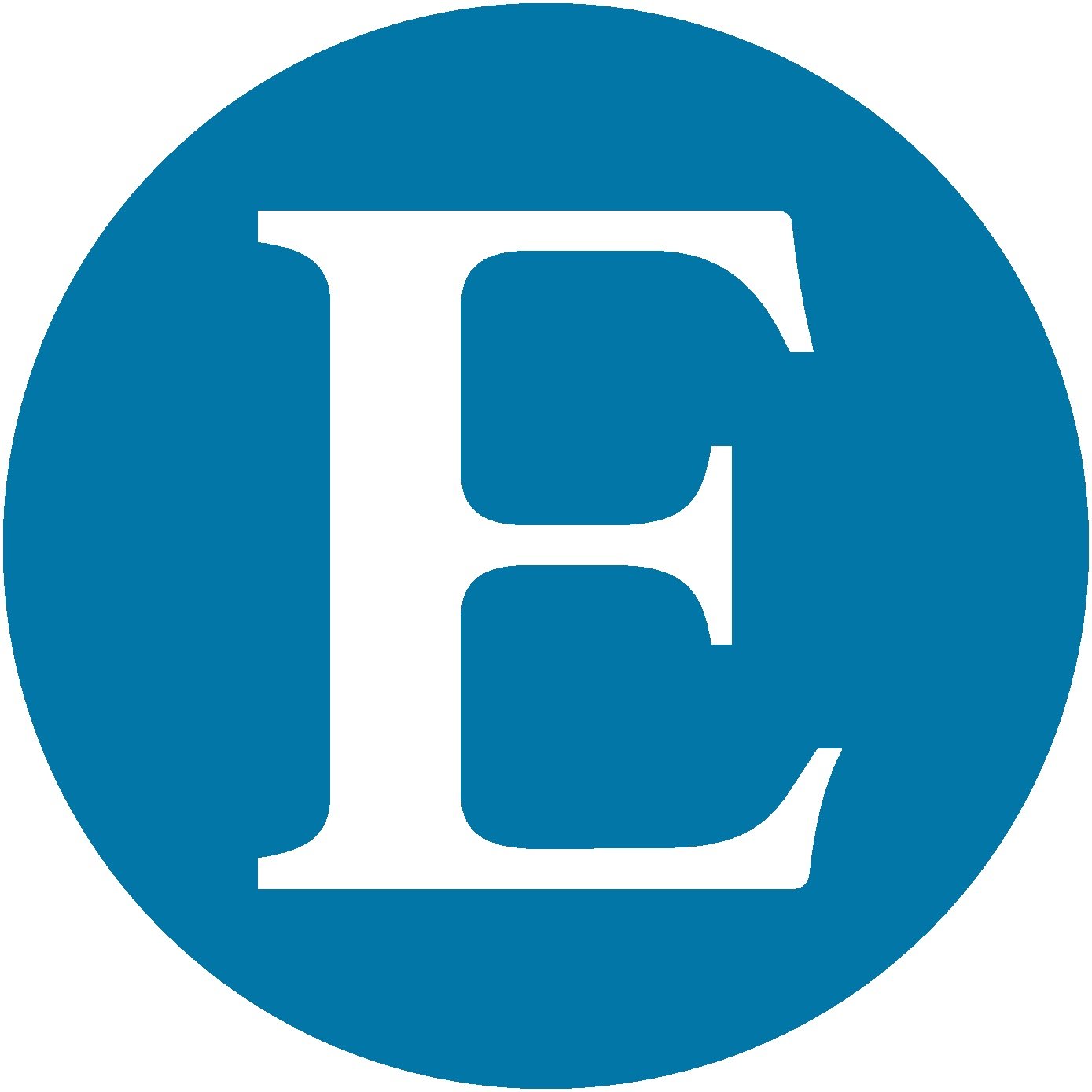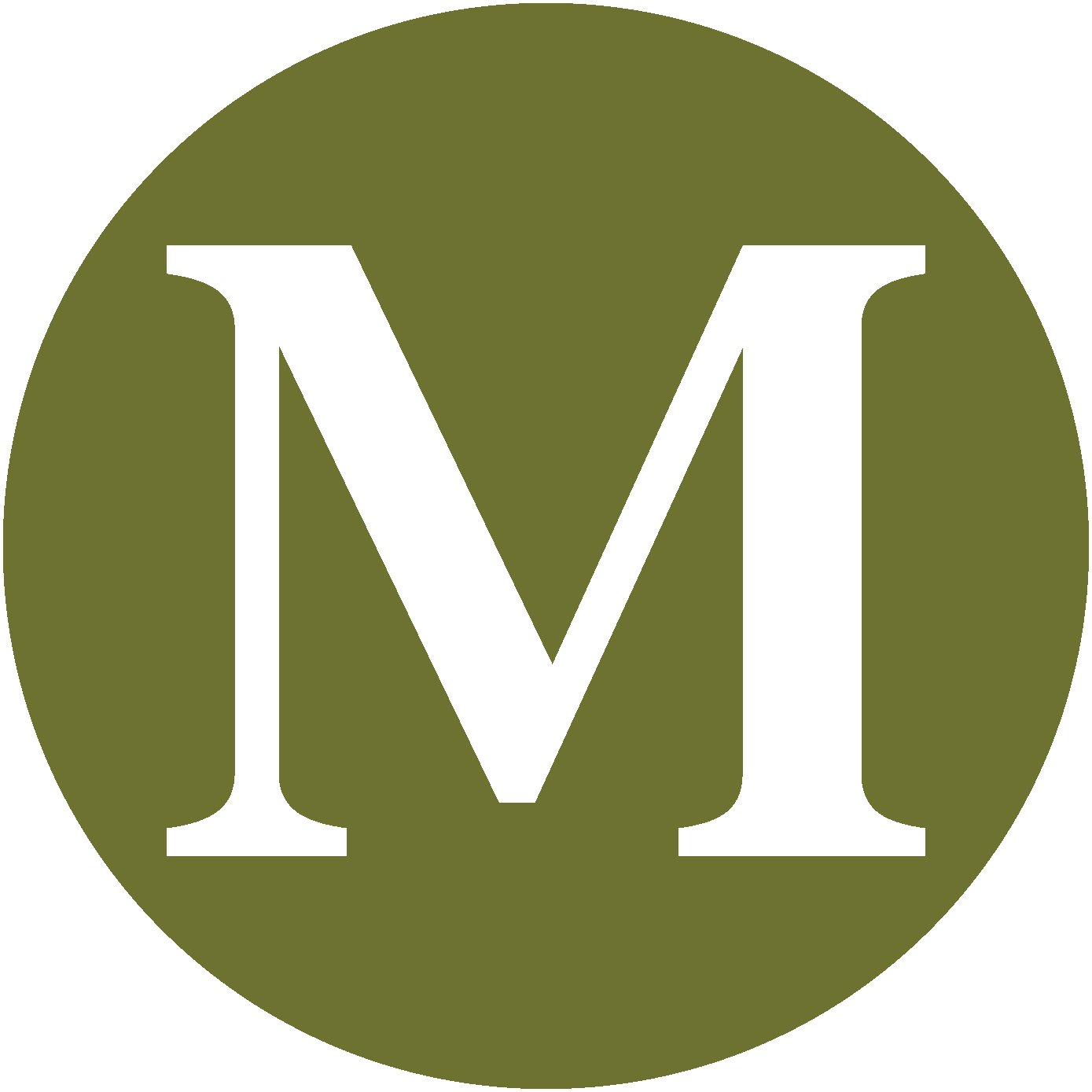Reading with Purpose: Philosophical Foundations for Critical Literacy
High school students are often expected to engage with complex academic texts, yet many approach these materials at only a basic level. Developing deeper comprehension requires more than understanding content—it calls for close, critical reading that includes interpretation, questioning, structural analysis, and contextual awareness. Drawing on principles from educational philosophy, this post explores several strategies that support close reading, such as annotation, inquiry-based discussion, structural analysis, contextual reflection, and synthesis. It also examines how high school writing tutors can help students apply these strategies to improve both reading comprehension and academic writing.
One effective technique is annotating the text. When students underline key points, write questions in the margins, and summarize main ideas in their own words, they actively engage with the material. This approach transforms reading from a passive activity into an interactive one. The educational philosophy of John Dewey, a central figure in pragmatism, supports this method. Dewey believed that learning should be an active, inquiry-driven process in which students explore ideas through experience and reflection. Annotation allows students to participate directly in the learning process, encouraging them to think critically about what they read.
Another valuable technique involves asking interpretive questions. Rather than focusing only on factual recall, students can pose open-ended questions that explore the text’s assumptions, implications, or connections to other ideas. This method helps students think more deeply and independently. Paulo Freire’s work in critical pedagogy supports this kind of engagement. Freire advocated for an educational approach that encourages learners to challenge dominant perspectives and engage in dialogue. By asking questions about a text’s arguments and perspectives, students learn to become active participants in their education rather than passive recipients of information.
Analyzing the structure of a text is also essential for close reading. This means identifying the thesis, tracing the logical flow of arguments, noting supporting evidence, and recognizing counterarguments. Understanding how an author constructs a case allows students to evaluate the strength of the argument. The tradition of analytical philosophy, associated with thinkers like Bertrand Russell and Ludwig Wittgenstein, places a strong emphasis on logical clarity and argumentative precision. This approach encourages students to examine how reasoning is used in academic writing and to apply similar standards in their own thinking.
In addition to analyzing structure, students should reflect on the context in which a text was written. This includes considering the author’s background, the historical and cultural setting, and the intended audience. Such reflection helps students understand not only what a text says but why it was written and how its meaning might change in different contexts. Hermeneutics, a tradition within philosophy of education influenced by figures like Hans-Georg Gadamer, emphasizes the importance of interpretation. From this perspective, reading is not simply decoding a fixed message but engaging in a process of understanding shaped by both the author’s and the reader’s experiences and perspectives.
Finally, synthesizing ideas across multiple texts can strengthen critical reading. When students compare arguments, identify points of agreement or disagreement, and look for recurring themes, they develop a more comprehensive understanding of a topic. This integrative approach reflects the ideals of liberal education, championed by educators such as Mortimer Adler. Liberal education values the ability to connect ideas across disciplines and to think independently. Synthesis encourages students to move beyond isolated readings and begin constructing broader, more nuanced understandings.
Supported by diverse traditions in educational philosophy, these practices help students develop not only stronger reading skills but also habits of thought that are essential for lifelong learning. High school writing tutors play a critical role in helping students navigate the challenges of applying close reading techniques to academic texts. While these methods can significantly enhance comprehension and critical thinking, they often require guidance and practice to implement effectively. Tutors can support students in several targeted ways that bridge the gap between reading and writing.
Many students struggle to move from identifying important ideas in a text to expressing those ideas clearly and analytically in their own work. Tutors can assist by modeling how to translate annotations and questions into coherent written responses. For example, when a student notes a significant passage or raises a thoughtful question during reading, the tutor can guide them in shaping that insight into a thesis statement or a paragraph of analysis. This process helps students see the connection between active reading and effective writing.
Close reading requires sustained attention, and many students benefit from working through a passage with someone who can help them slow down and examine details they might otherwise miss. By reading together and discussing a text line by line, tutors can demonstrate how to identify arguments, interpret evidence, and recognize patterns. These shared reading sessions help students internalize the habits of analysis that close reading demands.
Another challenge students often face is understanding the broader context of academic texts. Tutors can help students research the author, the publication, or the historical setting of a work. Contextual knowledge often clarifies a text’s meaning and purpose, but students may not know how to locate or interpret that information independently. By introducing students to basic research strategies and modeling how to apply context to textual interpretation, tutors enhance their ability to read critically.
Some students are hesitant to challenge or critique what they read, especially when the material is presented in a formal or authoritative tone. Tutors can foster a space where questioning is encouraged and normalized. They can validate students' questions and help refine them into precise, analytical inquiries that serve as the basis for discussion or written analysis. This practice aligns with the principles of critical pedagogy, which view questioning as a central component of meaningful learning.
Finally, tutors can support synthesis by helping students draw connections across texts and assignments. When a student is working on multiple readings or writing tasks, a tutor can highlight common themes, compare arguments, or identify differences in perspective. These conversations help students develop the integrative thinking that underpins strong academic writing. Tutors may also encourage students to revisit past work to refine or expand their ideas, reinforcing the idea that reading and writing are iterative processes rather than one-time tasks.
Close reading is a skill that demands active engagement, critical thinking, and sustained practice. Techniques such as annotation, interpretive questioning, structural analysis, contextual reflection, and synthesis all contribute to deeper understanding and are supported by major educational philosophies. Writing tutors play a central role in helping students apply these techniques effectively. By guiding students through the process of connecting reading and writing, tutors help them become more analytical, independent learners. With structured support, students can build the skills needed to approach academic texts with confidence and precision.







